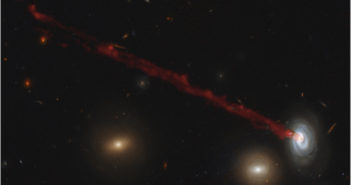
Featured Image: Star Formation in a Long Tail
This stunning image shows a long gas tail stripped from the center of a speeding spiral galaxy in the Coma Cluster.

This stunning image shows a long gas tail stripped from the center of a speeding spiral galaxy in the Coma Cluster.
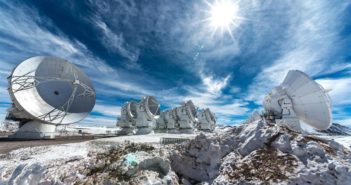
This week we’re at the winter AAS meeting in Seattle, WA. Here are the highlights from Day 4!
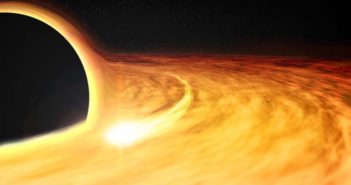
This week we’re at the winter AAS meeting in Seattle, WA. Here are the highlights from Day 3!
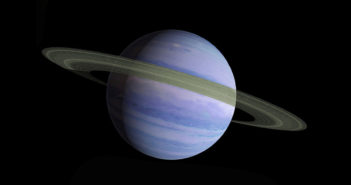
This week we’re at the winter AAS meeting in Seattle, WA. Here are the highlights from Day 2!
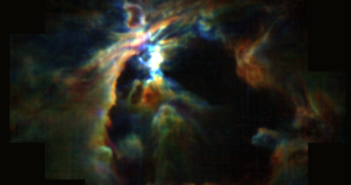
This week we’re at the winter AAS meeting in Seattle, WA. Here are the highlights from Day 1!
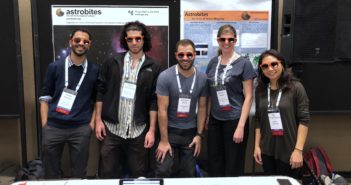
This week we’ll be bringing you updates from the 233rd AAS meeting in Seattle, WA.
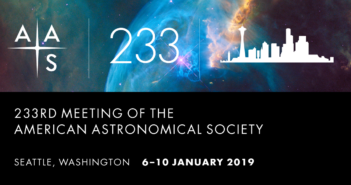
Will you be at the 233rd American Astronomical Society meeting in Seattle, Washington? We look forward to seeing you there!
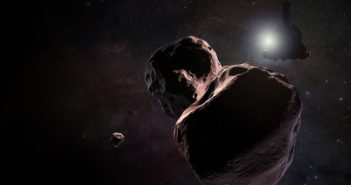
Does the distant solar-system body Ultima Thule have rings? Previous observations may answer this question even before we see images from the New Horizons flyby.
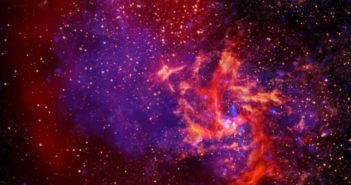
Radio observations of the supermassive black hole at the center of the Milky Way have reached their highest resolution yet, teasing out details of this source’s structure.
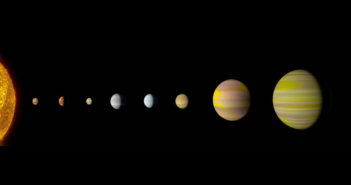
Thanks to machine-learning algorithms, the star Kepler-90 has been found to host eight planets — as many as our own Sun.
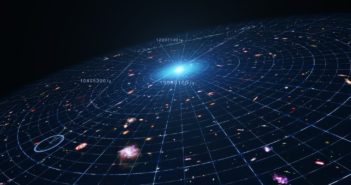
New observations have provided the most precise measurement yet of how fast our universe is expanding.

Could we communicate with distant extraterrestrial intelligence using lasers? A new study says yes.